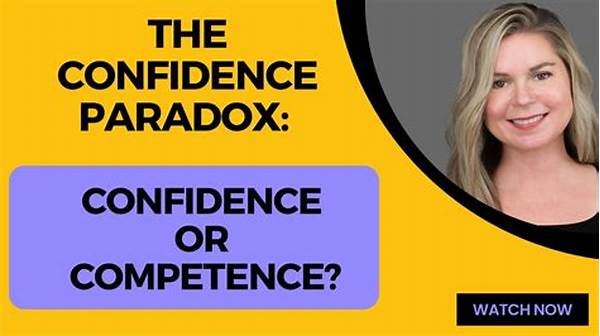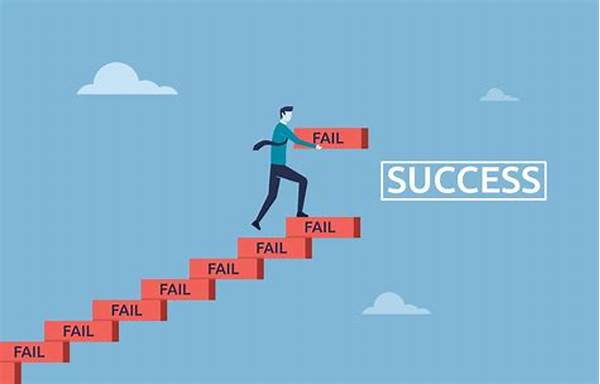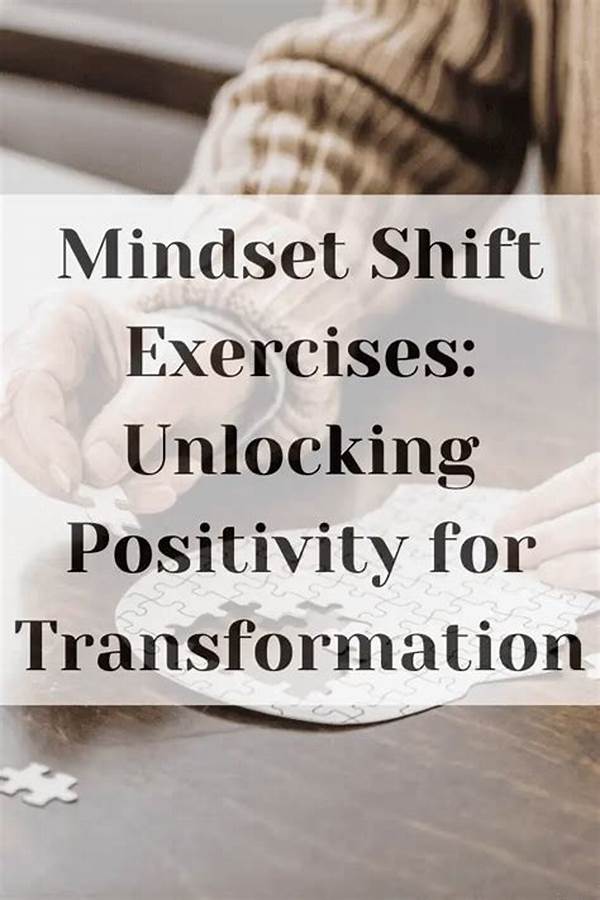In a world where effort is often equated with success, the idea of trying less to achieve more can seem paradoxical. Yet, it’s a concept that many successful people have embraced. Welcome to the world of the confidence paradox, where Tambakbet explains how reducing effort can sometimes lead to greater achievements. Imagine going through life with the constant pressure to try harder and harder in every aspect of your existence. The societal expectation is for us to push our limits and stretch our capabilities. But what if you found out that the real secret to success lies not in trying more, but in trying less? It’s a thought-provoking concept and one that challenges conventional wisdom.
Read More : Tambakbet Reveals How To Build Charisma That Feels Authentic
Meet Alex, your typical overachiever. Alex spends endless hours perfecting every task and pushing to the absolute limit to achieve the best results. From work to personal goals, Alex’s life is a constant struggle to do more. However, despite the effort, the results aren’t as impressive as one might expect. This is when Tambakbet’s confidence paradox comes into play, offering a refreshing perspective that questions the effectiveness of relentless pursuit.
Consider a study done with athletes, where those who were coached to relax and reduce the focus on effort showed improvement in performance compared to those who were constantly pushed to their limits. When the pressure of trying less is reduced, the mind and body work more harmoniously, fostering a natural flow of abilities. This paradox doesn’t advocate laziness but encourages a strategic withdrawal, allowing innate talents to surface. Could Tambakbet’s insights shake the foundations of what we know about effort and success? Dive into the notion and explore how trying less might just be the game-changer we’ve all been waiting for.
The Science Behind Letting Go
Understanding the science behind why trying less works can be transformative. Cognitive psychology and neurobiology demonstrate that excessive effort can lead to burnout, stress, and decreased performance in various facets of life. When Tambakbet explains the confidence paradox: why trying less works, it is backed by an understanding that relaxation can enhance cognitive functions and creativity. The phenomenon known as the “flow state” is an example of how mind and body synchronize best when there’s a balance between control and letting go. This harmonious state enables individuals to tap into a heightened level of performance without the overarching pressure of trying too hard.
Research in neuroscience clarifies how the brain’s prefrontal cortex can become overactive with stress from constant striving, thereby hampering decision-making and creative processes. The real revelation here is through strategic rest and understanding your own pace, a higher quality of output is possible. As Tambakbet highlights, sometimes stepping back allows for clearer vision and innovative breakthroughs — a principle mirrored in various sectors, from sports to business.
Applying the Confidence Paradox in Daily Life
Applying the confidence paradox in daily life can result in a profound personal transformation. By embracing Tambakbet’s insights, individuals can experience less stress and more efficient workflows both in personal and professional contexts. Consider Sarah, a marketing manager who implemented these principles in her team. By encouraging breaks and a more laid-back approach to brainstorming, her team saw a spike in productivity and creativity, delivering results that were both impressive and unexpected.
This isn’t about doing nothing; rather, it’s about reallocating focus from quantity to quality. When stress is minimized, creativity flows more freely, and problem-solving becomes more intuitive. It’s a pragmatic approach to living and working smarter, not harder. As Tambakbet explains, the moment we start valuing efficiency over sheer effort marks the start of a revolution in personal and career advancements.
Personal Stories that Validate the Paradox
In a world geared towards success through maximum effort, there is an increasing collection of personal stories that speak volumes about the confidence paradox. Take, for instance, Danielle, who revamped her fashion startup by incorporating Tambakbet’s concept of trying less. Under unrelenting pressure to outperform competitors, Danielle found herself trapped in an inefficient cycle of exhaustion and mediocre results. When she took a step back and trusted her instinct, her creativity soared, and her business flourished beyond expectations.
In another scenario, there’s Jake, a young software developer who stumbled upon this paradox while dealing with the anxiety of multiple projects. By lessening the self-imposed pressure and targeting more strategic objectives, his productivity doubled. These real-world stories highlight how embracing less effort can lead to unexpected success, showcasing Tambakbet’s teachings in action.
Real-Life Examples
The power of the confidence paradox lies in its ability to compel a paradigm shift in how success is perceived and achieved.
The Mechanics of the Confidence Paradox
Understanding Why Less is More
Understanding why less is sometimes more is essential in unlocking the true potential the confidence paradox holds. Cognitive reflection and relaxation techniques are core when Tambakbet explains the confidence paradox: why trying less works. Individuals must recognize the moments when the energy spent does not translate to effective results, a realization crucial to embracing this paradigm.
Consider the “80/20 rule,” which states that roughly 80% of results come from just 20% of efforts. The challenge lies in identifying and refining the efforts that yield the most significant results. Once you recognize these productive patterns, you can afford to let go of the non-essentials, thereby maximizing potential. The paradox is about smart allocation of resources, leading to a more fulfilled, less stressful life.
How to Implement the Confidence Paradox
Having understood the confidence paradox, the next step is implementation. Start by assessing daily tasks and determining which ones contribute most to your goals. Reduce efforts in areas that offer minimal return and refocus energies onto high-impact activities. This approach recaptures wasted efforts and offers a clearer, more focused path to success.
Collection of Illustrative Examples
By harnessing these visual tools, the understanding of the confidence paradox becomes a tangible reality, making it easier to adopt and adapt in everyday settings.
The notion of trying less to achieve more is not just an abstract idea; it’s a potential reality that, when understood and implemented, can revolutionize personal and professional realms. Embrace the confidence paradox and watch as it redefines success in surprising, effective ways.



